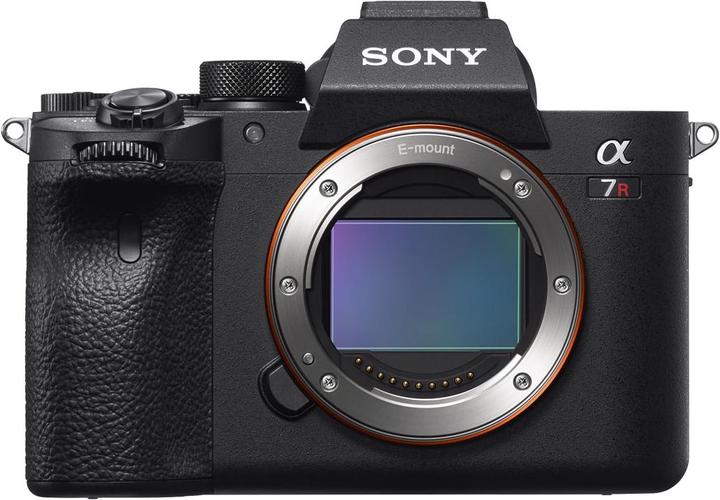
Sony Alpha 7R IV Body
61 Mpx, Full frame

Sony Alpha 7R IV Body
61 Mpx, Full frame
What does Sony mean by medium format? There is no clear definition here. Is an APS-C format (Canon 600D) a medium format? Actually yes, if you call 24x36mm full format (formerly 35mm).
Hi, you're welcome.
No, in that case the answer is no. APS-C cannot be called a full-format camera, and certainly not a medium-format one. 35 mm format is full format. APS-C is APS-C.
I don't know, you could buy an old full-format camera on eBay and the like (I don't know the details of Sony's conditions). You might get it for CHF 100.00, and then you could send it in and get CHF 600.00 cash back?
Have a look on the internet, I think one of the oldest VF cameras is the Canon EOS 1D or 10D? From Nikon maybe the D1 or D10 or maybe D100? You'll find out for sure.
LG Gianni
Hi. I assume that your question refers to the resolution potential of the Alpha 7R IV. It is often compared to the resolution potential of a medium format camera.
The terms small format, medium format and large format have been taken over from analogue photography. The formats refer to the size of the chip or, in analogue photography, the size of the negatives. The small format is fixed at 24x36mm, medium format starts at 4.5 x 6 cm (I think there are a few exceptions), and large format starts at 9 x 12 cm.
Of course, larger formats have higher resolution at the same pixel density. Cameras like the one mentioned above have such a high resolution that it is always questioned or claimed that this camera makes the use of medium format unnecessary. Medium format cameras are heavier, more unwieldy and fundamentally more expensive.
The APS-C format (e.g. 18 x 24 cm) is sometimes also called half format, I think mainly because it basically offers half as much space as a 35 mm format chip. However, the APS-C format was and still is manufacturer-dependent in terms of size. When digital photography began to establish itself, cameras with APS-C chips were the most common. An important reason for this (or perhaps the most important reason at all) is that the newly developed chips could not store oblique light well. The APS-C chips counteract this problem.
I'm sure there's a lot more to say about this, and I'm not an expert in photographic history. But I assume that you can now get a better picture of the formats and understand the connections better.